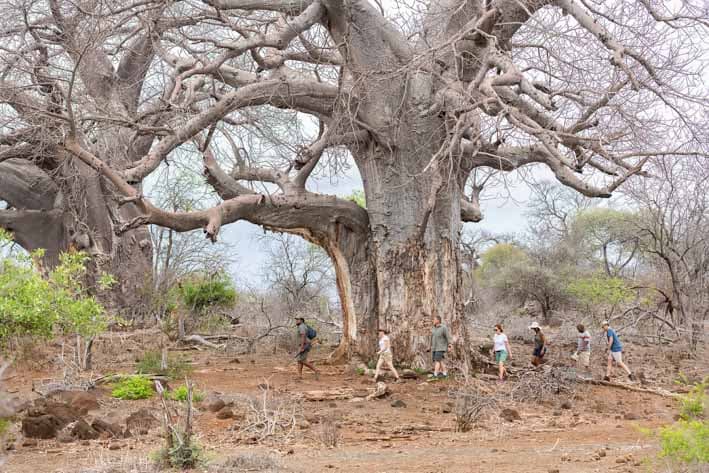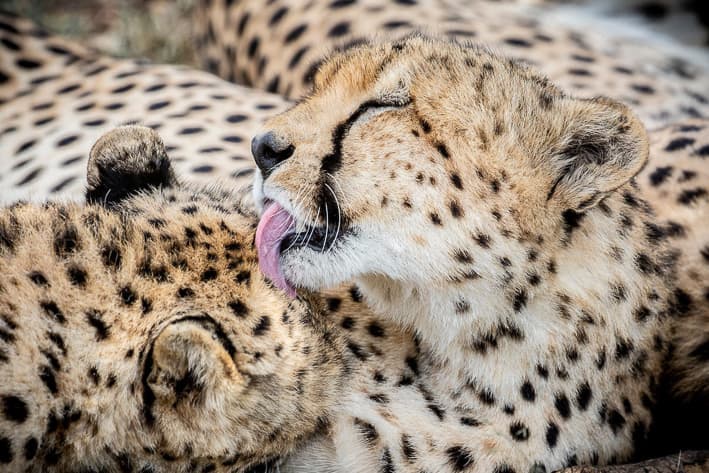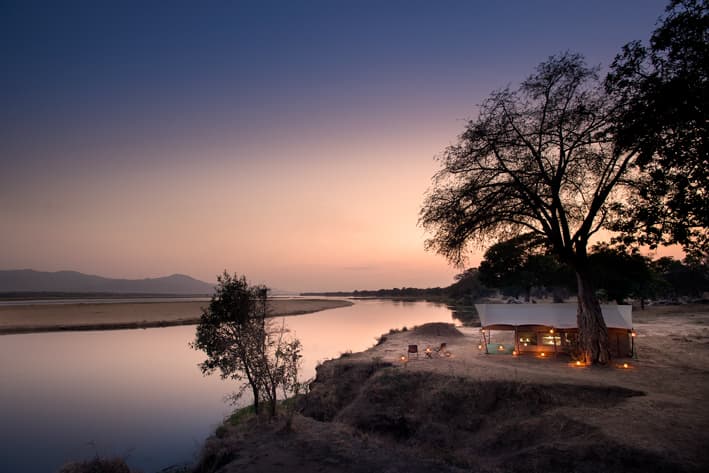Why we love safaris to Madagascar
Explore an ancient, vast island filled with a diversity of life
There are very few words that can adequately describe the essence of Madagascar – the fabled “Red Island” that has been capturing the imagination of travelers the world over since it was “discovered” by Portuguese navigator Diogo Dias, brother of Bartolomeu, in 1500.
In fact, human settlement on this expansive island dates back to 700AD and the early inhabitants came from both Africa, Asia and Arabia, setting up small, isolated villages that grew into trading towns and ports. This blend of influences resulted in the vibrant Malagasy culture that has been added to over the centuries by the Portuguese, French and English. It’s a veritable melting pot that’s created a kaleidoscopic heritage dotted with fiefdoms, warring kingdoms, pirates, colonialisation, revolution, independence and coups.
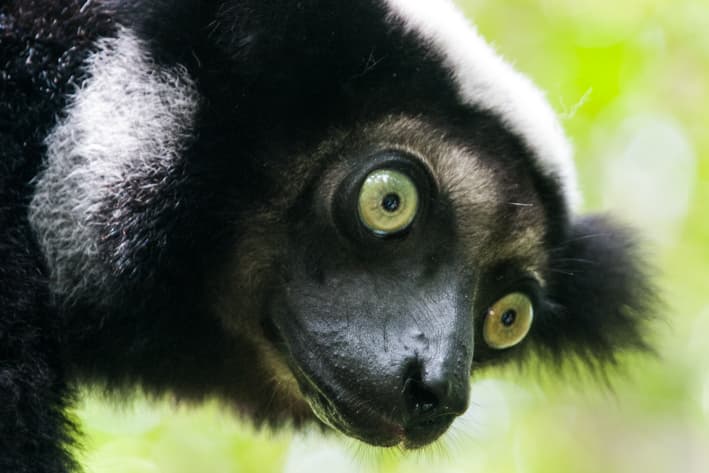
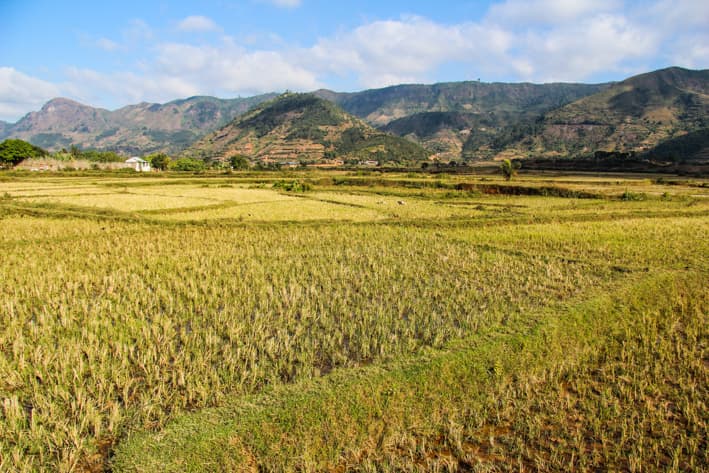
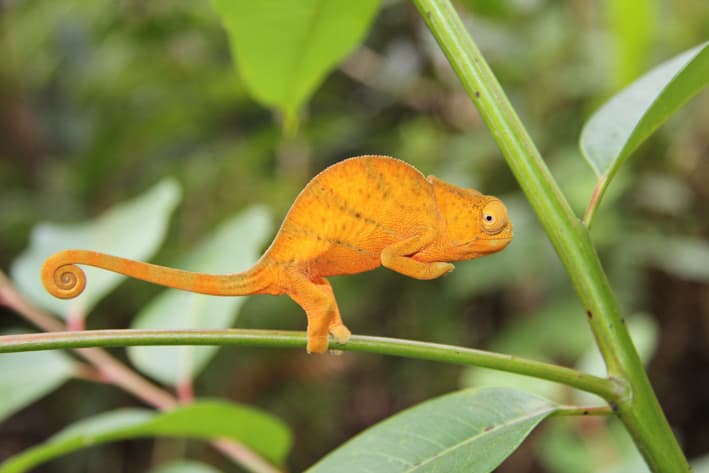
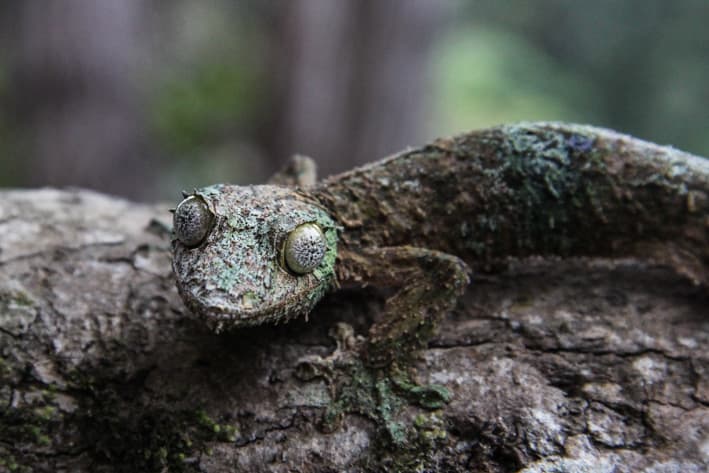
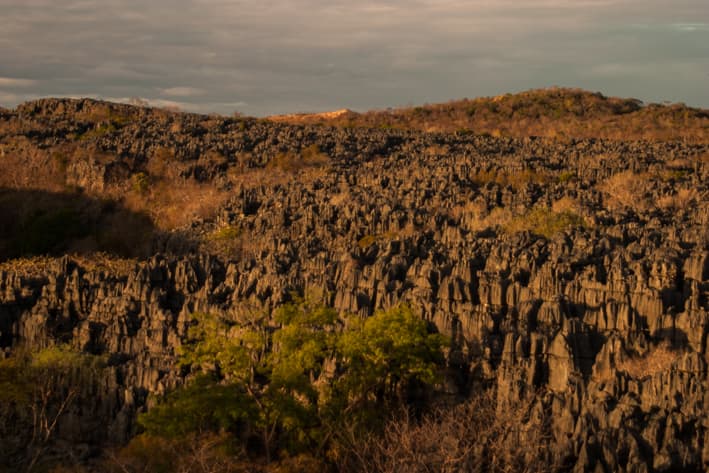
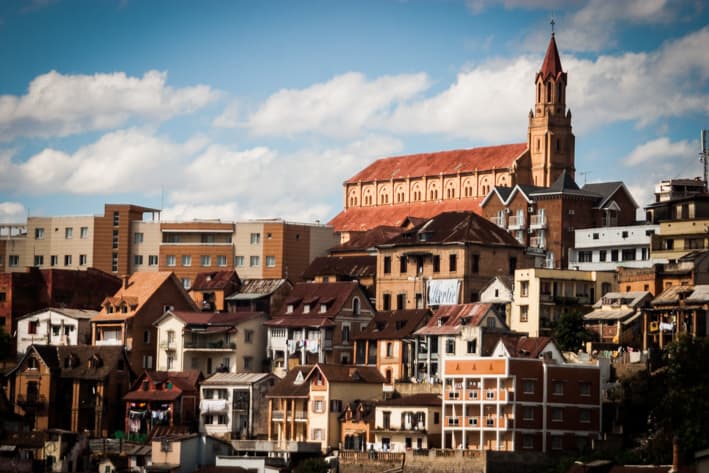
Nowhere else quite like it…
It’s very hard to put Madagascar into a pigeonhole because it is so completely unique, not just in terms of its social history but also because of its geological and evolutionary past. It’s the fourth largest island on the planet and the second largest island country. It’s also incredibly old. It separated from mainland Africa along with India during the break up of Gondwana 165-million years ago. It separated from India 88-million years ago and has been isolated ever since.
Like that of its mega-island “cousin” – Australia – Madagascar’s wildlife has evolved in isolation, giving rise to an incredible wealth of species found nowhere else on Earth. Indeed, 90% of Madagascar’s plant and animal species are endemic!
The best known of these are the lemurs – primates who have flourished in the absence of monkeys and apex predators, with some 103 separate species found on the island, 39 of which were only discovered after 2000! Madagascar is also home to 66% of the world’s chameleon species. Of the approximately 300 species of birds on the island, 60% are endemic.
When it comes to flora, it gets even more impressive – 80% of Madagascar’s 14,883 plant species are found nowhere else in the world, including five plant families! This includes six species of baobab and 165 species of palms.
All of this means that what you stand to see on a trip to Madagascar can’t be seen anywhere else, making it an absolute safari hotspot!
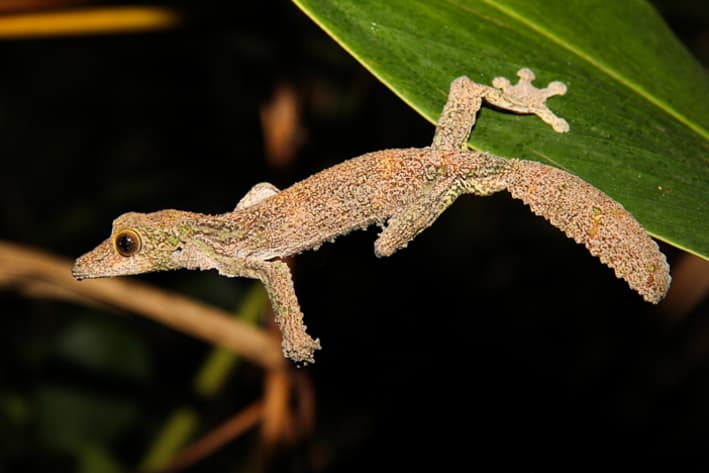
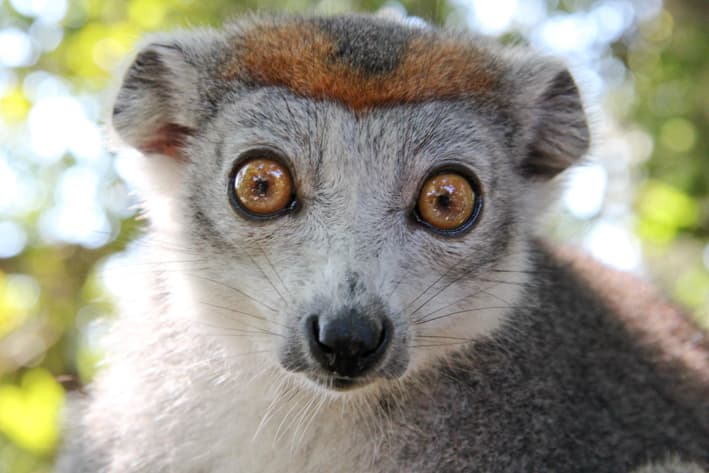
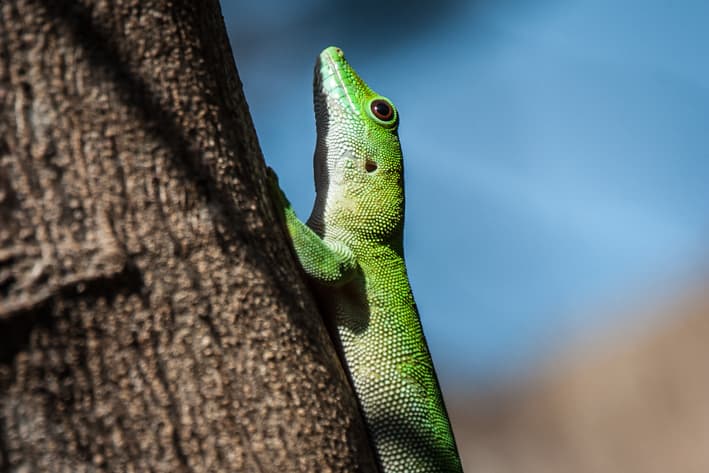
Vast, old and diverse…
The Red Island is so nicknamed because of the distinct red tint of its soil. Its landscapes are as dramatic as they are expansive and old beyond words. Its geology dates back 3-billion years in places. That’s pre-Cambrian for those who know their geological eras!
Madagascar is divided from north to south by a towering mountain range, which divides the island in two and dictates weather patterns as a result. On the east of the mountains the climate is moist and warm, with lots of rainfall. This is where you’ll find lush rainforests covering steep mountainsides all the way down to the coast. On the western side it is much warmer and much drier. it’s here that you find desert-like landscapes, the famous baobabs and virtually legendary spiny forests that are home to Verreaux’s sifaka.
The middle of the island is a highland region known as the Central Highlands and features wide, lush valleys filled with rice paddies, an abundance of water with rivers and streams everywhere and picturesque villages and towns surrounded by wonderful market gardens producing amazing fresh produce.
Off the northern coast are a chain of islands with soft white sand surrounded by pristine coral reefs. Indeed, the reef system around Madagascar is second only in size to the Great Barrier Reef! The south-west coast is also popular as a beach destination, thanks to the rich waters of the Mozambique Channel and superb beaches like that at Ifaty. Off the east coast is the beautiful Isle Saint Marie, where you can see humpback whales between July and September each year.
It’s this incredible diversity that makes Madagascar such a special place to visit, although getting around the Red Island can be challenging and requires time, and a lot of patience! The diversity of the island also gives rise to a range of climates which makes planning your safari carefully an absolute must!
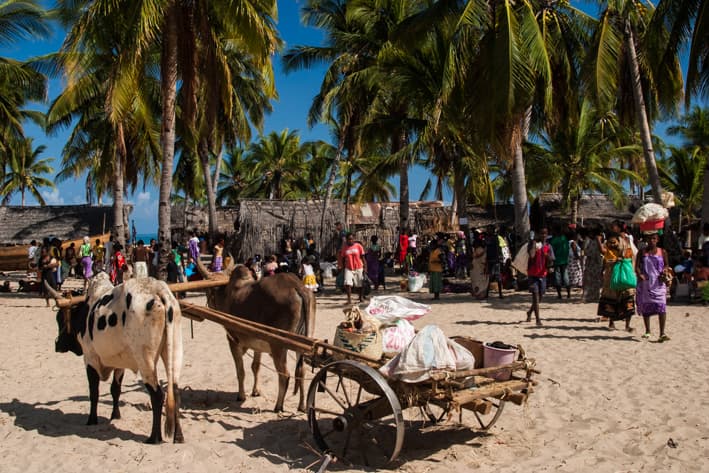
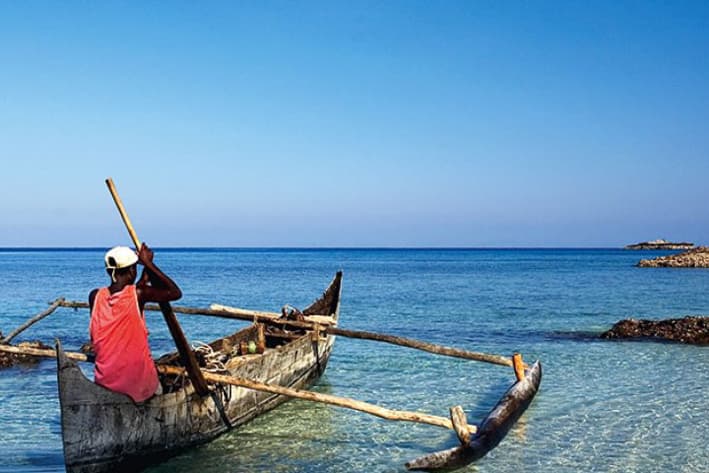
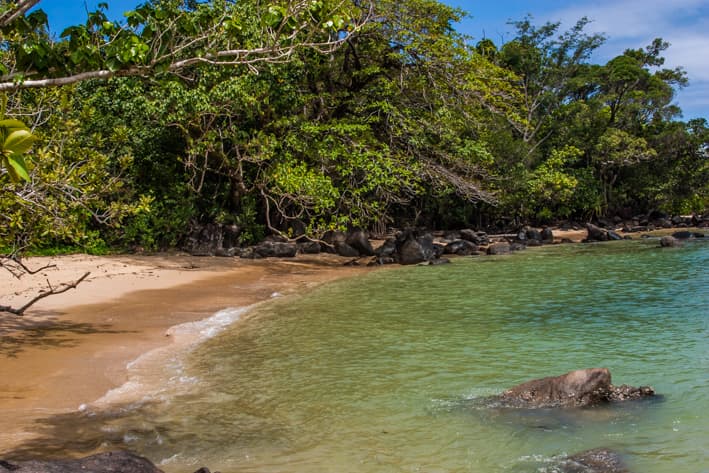
Where to go…
For the islands of the north-east, we recommend you flying into the main island of Nosy Be, with its own international airport. Nosy Be is quite commercial, so we prefer the smaller islands around it, like Tsarabanjina or even Miavana, with its ultra luxury resort and lemur conservation programme.
There’s the beautiful Masoala Peninsula too, with its forested mountains dropping down to meet golden beaches, crystal clear waters and volcanic rocks. Accessed by air and boat via Maroantsetra, this is home to red-ruffed lemurs and elusive helmet vanga – a “holy grail” for keen birders!
For the rest of the island you’ll fly into the capital, Antananarivo (or “Tana” as it is affectionately known), which is bang-smack in the middle of the island, in the Central Highlands. From here you can head east to the Palmarium and waterways of the Canal des Pangalanes where you can see a variety of lemurs in their natural habitats. Or stop off at the primary forests of Andasibe to see the largest lemur – the indri – and hear its eery call! You can also see the diademed sifaka here, as well as the Parson’s chameleon – the world’s largest chameleon.
Head south through historic Fianarantsoa and take it the dramatic peaks of Andringitra National Park and the Tsaranoro Valley on your way to breathtaking Isalo, with its craggy rock formations, plunging canyons and grassy plains. This is the home of the fabled ring-tailed lemur.
Head north from Tana and you’ll find Ankarana National Park and the legendary “tsingies” – razor-sharp limestone pinnacles interspersed with lush forests and sparkling rivers and streams, as well as one of the largest cave system in Africa.
Chat to us today about arranging a safari to Madagascar – it’s an absolute must and one of the most popular “bucket list” experiences in the world!

